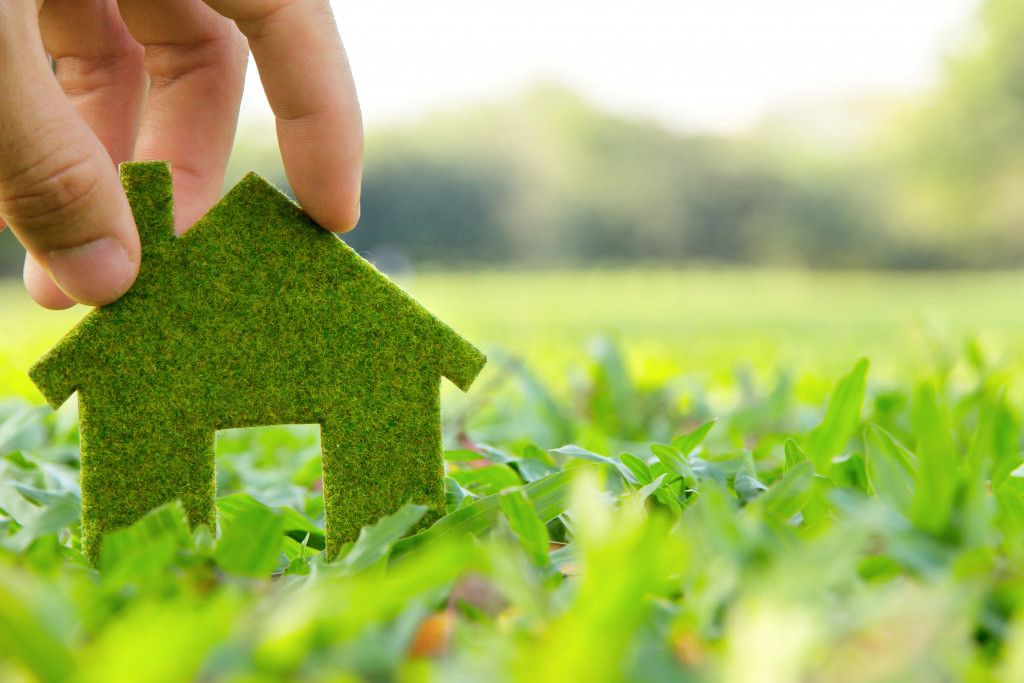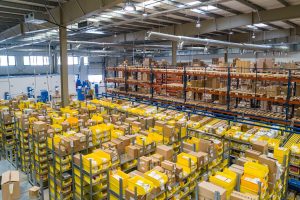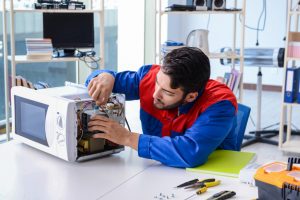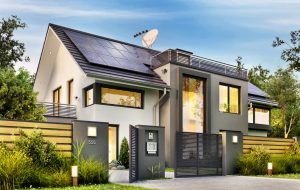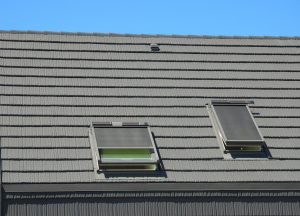Building an eco-friendly house is no more a hobby but a necessity. For far too long, humans are sucking the natural resources for their own good. They never realized the repercussions of their actions but it’s all showing now.
With the innovation of electric cars and the onset of the fourth industrial revolution, we’ve managed to put sustainability on the top of the agenda pile. Now, governments, the public, and lawmakers understand the need for sustainable living. But charity begins at home.
No matter how much people tweet and post about eco-friendly houses, it all comes down to what they practice at home. If people continue to come back to high energy-consuming houses, all efforts will go in vain. The common public, along with the government must invest in eco-friendly houses to reduce the impact of global warming.
Importance of size and location in a sustainable home
The first thing, just like anything in real estate, is you must choose an apt location. A good location would be close to your place of work and have ample public transportation facilities. You should look at the infrastructure in the surrounding area. Another thing is considering sensitive sites.
Sensitive sites are prone to natural disasters. For instance, many houses were built in New York, that were destroyed by Sandy, the cyclone. People who had their houses there couldn’t leave but if you’re still looking for a site, you can easily avoid sensitive ones. Another reality that people overlook is, smaller houses are more efficient.
Of course, you would want to build a comfortable high ceiling property. It looks good, gives you space, you can increase the bandwidth as your family grows. But, if your aim is sustainability, it’s best to keep it small. A smaller house will need lesser heat so you can opt for high-quality air conditioning services as the electricity cost will be low.
Orientation and lighting
Suppose you live in New York and you receive sunlight from the south, you must put that into use. A huge part of eco-friendly homes is using natural sources to compensate for fuel. Sunlight is a great source of heat and light. Therefore, you should put glass windows or doors on the south.
The glass allows the natural light to come in and traps heat to keep the place warm. You can do the same on the north side but there, you’ll receive more ambient light. It will not do much for heating. Square houses are your best friends. They keep heat in the shape. Igloos are great examples where this phenomenon is put into use.
Materials
Materials are definitely a huge factor when it comes to house building. Get your hands on locally sourced materials. This will save transportation energy. Of course, this will not work for everyone as not all materials are available everywhere. You can give it a try if you like.
Recycled materials work great for sustainable houses. There are countertops with recycled content and interesting wall panels are also available in the market. You want to avoid VOCs. These are Volatile Organic Compounds that are present in paint, glues, and other types of construction materials.
Insulation inside the houses

This is the most critical aspect of house building. This prevents air from going in and out of your houses and keeps them warm in winters. Architects build houses to be air-tight. Houses must breathe mechanically and not through walls. Perpetrated house wraps are also used to seal the houses but it’s not a wise option in the 21st century.
The target is to build airtight houses with a lot of insulation so people don’t have to invest in heaters. The warm air will stay inside as the structure will prevent it from leaking. It’s common for architects to test out their modals by wrapping a plastic sheet on a fan and blowing the air outwards. This ensures the 100% air-tight nature of the house. It’s called the blower door test.
Invest in a triple pane window to maximize the air leakage protection. They might be a bit on the costlier side but you’ll be saving money on insulators. You can also go with a double pane but it has to be very high quality. The material must be thermally broken to prevent heat loss through the windows.
Electronics and LEDs
The easiest thing that you can do here is to buy energy star appliances. They go through many tests to get a badge of energy star on them. They’re perfectly suitable for eco-friendly houses. For lighting, LEDs are a standard choice. They’re budget-friendly and guarantee savings on your electricity bill.
These were the key points that you must keep in mind while building a sustainable home. Water is another necessity that’s we often waste as it’s practically free. But you can go for more technical measures to save it like rainwater harvesting. But these points are enough for cutting down on major energy wastage that happens in a house that’s not eco-friendly. Follow these and you have for yourself a pretty decent sustainable home to live in.

